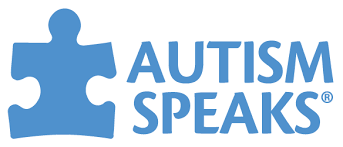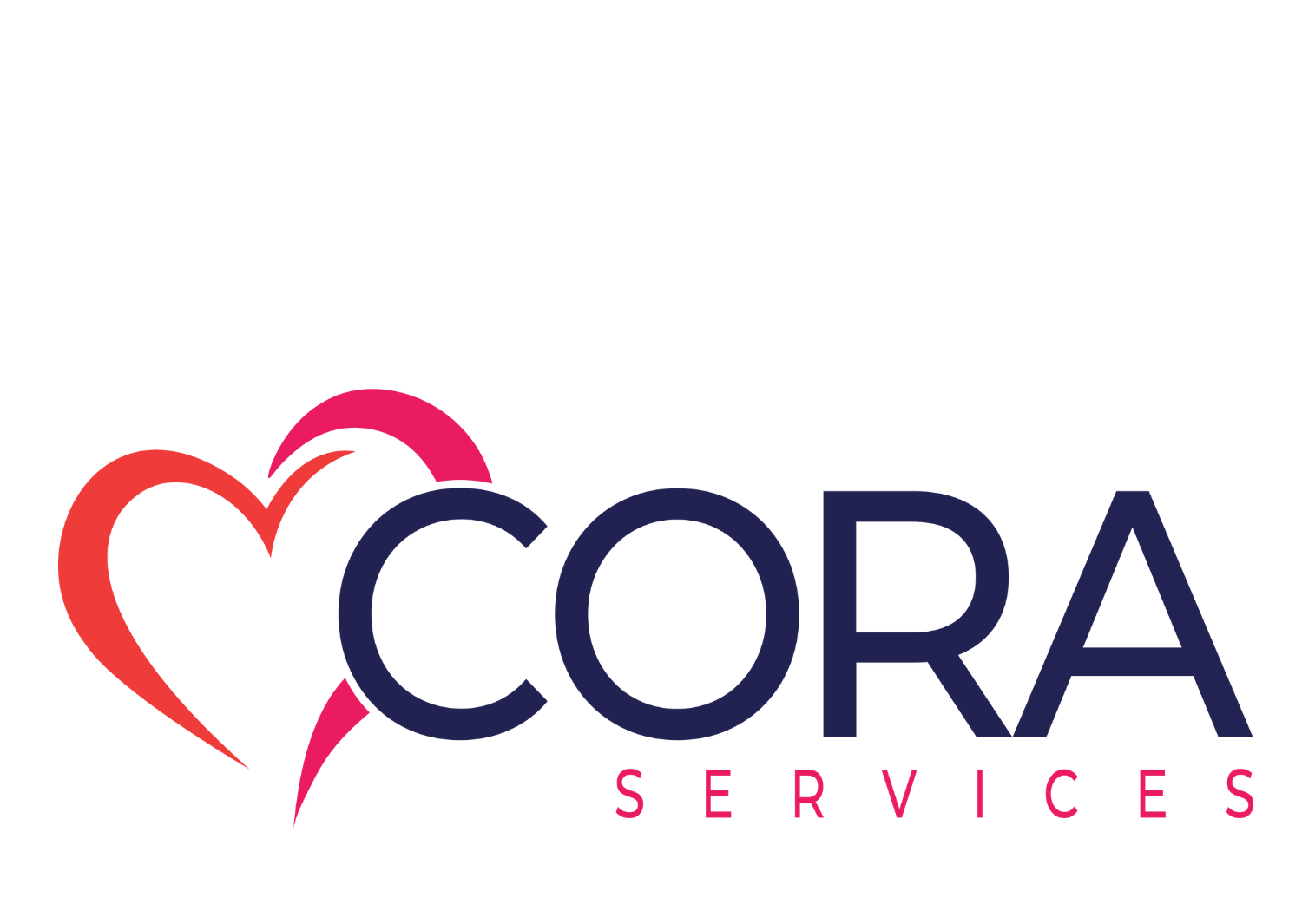
As the term Autism Spectrum Disorder (ASD) suggests, there is a “spectrum” or wide range of symptoms, skills, and levels of impairment that people with ASD can have (NIDCD, 2018). This is especially true for the communication profiles of early communicators in the three to five years-old population in what is known as early intervention. Speech-Language Pathologists are called on to be members of a team who collectively work to facilitate growth in various domains of communication for children with ASD during this critical time of early development.
In this sector, though many children may receive the same diagnosis of ASD, the way their communication impairments may present or manifest themselves greatly differ. The severity of the communication deficits also greatly varies from mild to profound. Some children with ASD may not be able to communicate using speech or language, and some may have very limited speaking skills, others may have rich vocabularies and be able to talk about specific subjects with detail (NIDCD, 2018).
What is it that speech-language pathologists work on in relation to speech and language for this population? Children with ASD in in early intervention can experience a disruption in their abilities to effectively express their wants and needs to communication partners and in their receptive communication, what they are able to understand when a communication partner gives a message. Their social communication is also greatly affected as it is a diagnostic marker for ASD. This is having problems reciprocating social or emotional interaction, including difficulty establishing or maintaining back-and-forth conversations and interactions, inability to initiate an interaction, and problems with shared attention or sharing of emotions and interests with others. Children with ASD have severe problems maintaining relationships ranging from lack of interest in other people to difficulties in pretend play and engaging in age-appropriate social activities, and problems adjusting to different social expectations. Also, having nonverbal communication problems such as abnormal eye contact, posture, facial expressions, tone of voice and gestures, as well as an inability to understand these is part of the social communication deficit in ASD (Hyman, 2013).
It is important to know that there are many means in which children with ASD ages three to five-years old communicate. A basic way to communicate is through vocalizations. Vocalizations can be sounds, grunts, unintelligible speech, or shouts. A child may be able to communicate using understandable appropriate verbal speech or through echolalia (repetition of the words of others). It is also common to see children with ASD communicate via behavioral means. Examples of this would be pacing, self-injurious behavior, picking at sores, stripping off clothes, or through aggression. Using body language such as facial expressions, going limp or rigid and using gestures such as a yes/no headshake, point, push away, or made-up gestures is another form of communication in which communication partners should be familiar. A more traditional means to communicate when verbal speech is absent is through sign language, as children tend can be taught simple signs as means to communicate. What many children use is a communication display or single picture/words. Through this communication modality, a child will point to, or exchange, a picture/icon or word card in order to request, comment, describe, or refuse. Handwriting or computer typed messages can be used in some cases if a child is literate. For children ages three to five, this is a less-common means. A more complex and higher technologic means is the use of a communication device. Children can use an assistive technology (AT) or augmentative alternative communication (AAC) electronic display that produces voice output or not (Vicker, 2008).
Children who are non-verbal or minimally verbal may be considered for using either a low-tech or high-tech AAC system as a functional modality to help the child communicate effectively. “Low-tech” refers to a paper system designed for communication. An example of a low-tech communication system is the picture exchange communication system also known as PECS. People using PECS are taught to approach another person and give them a picture of a desired item in exchange for that item. “High-tech” refers to electronic systems that can be programmed to be speech generating devices (SGD). Some examples of high-tech communication devices are iPad® -based communication devices that include augmentative and alternative communication applications. A search for AAC apps can be overwhelming as hundreds of apps are currently available. Touch Chat AAC HD with Word Power, Proloquo2Go, and Speak for Yourself are just a few that are commonly used by AAC high-tech users. Since there is a vast array of systems for a clinical team alongside parents to choose from, it is vital to consider a great deal of factors in determining what is most appropriate for each individual child. An early, intensive intervention has been clinically proven to produce the best outcomes when a system is introduced (Vail, 2018). For these reasons, among others, speech and language services for children with ASD in the three to five age range is critical.
Autism Spectrum Disorder: Communication Problems in Children. (2018, August 30). Retrieved from https://www.nidcd.nih.gov/health/autism-spectrum-disorder-communication-problems-children
Hyman, S. L. (2013, June 04). New DSM-5 includes changes to autism criteria. Retrieved from https://www.aappublications.org/content/early/2013/06/04/aapnews.20130604-1
Vail, T., CCC/SLP. (2018). Giving a Voice to People with Autism. Lecture presented at Autism Society of North Carolina
Vicker, B. (2008). Communicative functions or purposes of communication. The Reporter, 14(1), 13-17.

Stephanie Weicker, MS, CCC-SLP, is a licensed Speech-Language Pathologist and was hired in 2017 shortly before graduating from La Salle University’s Master’s Program in Communication Sciences and Disorders. She attended Bloomsburg University for her undergraduate degree in Audiology and Speech-Language Pathology with a minor in Communication Studies. Stephanie completed one of her clinical practicum student-teaching experiences with CORA and was later hired to complete her Clinical Fellowship divided between the Early Intervention and Mastery Charter divisions of the Speech Department. In this role she provided speech-language services at The Center for Autism in the Northeast for 3-6-year-olds and at Mastery Charter Clymer Elementary Campus in North Philadelphia for school-age children in the multiple disabilities classroom, life-skills classrooms, and in the mainstream classrooms for children with less severe speech-language needs. Currently, she is part of the related services team at Elwyn SEEDLINGS, an early care and education center that provides preschool early intervention services for children ages 3-5 years with Autism.
